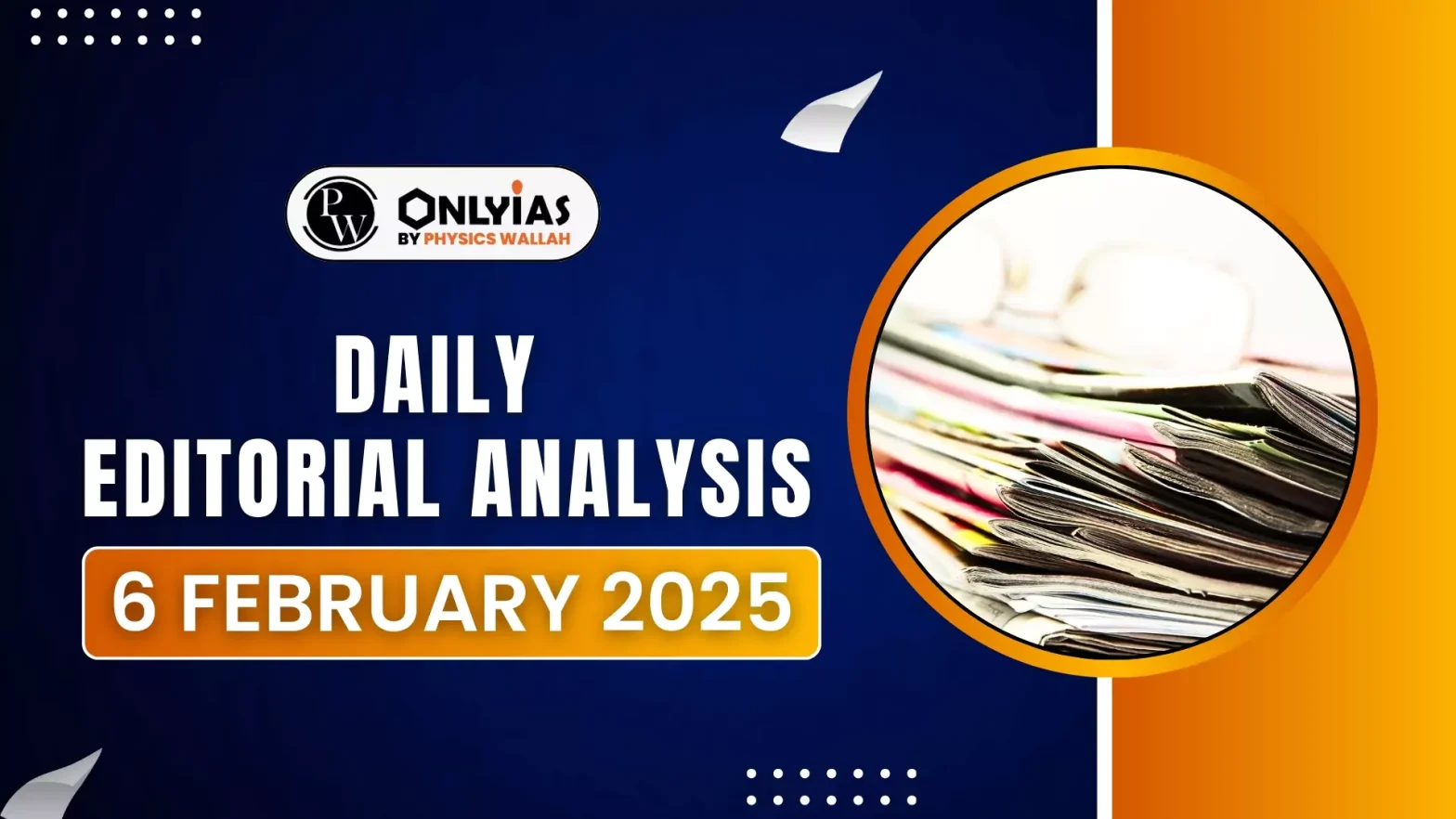Recently, Finance Minister (FM) Nirmala Sitharaman announced the decision to amend the two atomic Acts that have paralysed the prospects of nuclear power in India.
Achievements in India’s Nuclear Energy Program
- Leadership in Nuclear Power: India was the second Asian nation to build a nuclear power plant (Tarapur, 1969), following Japan and ahead of China.
- India established a strong nuclear research and development (R&D) program in the 1950s and 1960s with significant Western support.
- Initial ambition in 1970 aimed at generating 10,000 MW of atomic power by 2000.
- Institutional Foundations: The Tatas provided private funding for nuclear research at the request of Homi Bhabha in the 1940s. Early policy moves emphasized building internal capacity through foreign collaborations in the 1950s.
- The Atomic Energy Act (1962) laid the legal groundwork for nuclear energy development.
- Missed Opportunities: India failed to meet its 10,000 MW by 2000 target and has consistently revised its nuclear energy targets over the past decade.
- Goal: New goal set by the Finance Minister (FM): 1,00,000 MW by 2047. Achieving this target requires amending two key laws:
- The Atomic Energy Act (1962)
- The Civil Liability for Nuclear Damage Act (CLNDA) of 2010
- International Collaborations: India’s nuclear program thrived in the 1950s and 1960s due to international cooperation in atomic research.
- Before the Nuclear Non-Proliferation Treaty (NPT) of 1970, India benefited from nuclear technology transfers.
- Reports suggest US President John F. Kennedy offered assistance for a nuclear test in 1963, but PM Nehru declined.
Enroll now for UPSC Online Course
Inequality in Global Nuclear Progress
- India : Installed nuclear capacity of 8,200 MW (as of 2025).
- China : Rapid expansion, with 58,000 MW of installed nuclear capacity.
- South Korea : Achieved 32,000 MW, emerging as a major reactor exporter.
- UAE : Launched a nuclear program less than a decade ago and already reached 5,200 MW, largely with South Korean reactors.
US-India Nuclear Reconciliation (1998-2010)
- Impact of 1998 Nuclear Tests: India conducted five nuclear tests in May 1998, officially declaring itself a nuclear-weapon state.
- The tests led to international sanctions, but they also created an opportunity for US-India engagement on nuclear issues.
- US-India Civil Nuclear Agreement (2005-08): After initial resistance, the US explored nuclear cooperation with India, recognizing its strategic importance.
- George W. Bush administration (2005-08) worked to change US non-proliferation laws and global norms. The agreement allowed India to:
- Keep its nuclear weapons while accessing civilian nuclear technology.
- Resume international nuclear trade, ending a ban imposed since 1970.
- Civil Liability for Nuclear Damage Act (CLNDA, 2010) : India’s political leadership weakened the nuclear deal by passing the CLNDA in 2010.
- The CLNDA effectively stalled nuclear expansion, making it difficult to attract private sector and global collaborations.
Challenges in India’s Nuclear Liability Framework
- Global Norms vs. CLNDA (2010): International best practices dictate that in case of a nuclear accident, liability should be placed solely on the plant operator to ensure swift compensation to victims.
- However, India’s Civil Liability for Nuclear Damage Act (CLNDA, 2010) allows the operator to seek legal recourse against equipment and component suppliers.
- This deviates from global norms, making foreign and domestic companies hesitant to invest in India’s nuclear power sector.
- Persistent Challenges: The Modi government (since 2014) attempted to mitigate concerns surrounding the CLNDA. However, no substantial investments have materialized from foreign or private domestic players.
- Green Transition: Without amendments to CLNDA, India’s nuclear energy expansion remains uncertain. This could hinder India’s transition to clean energy, making it harder to meet climate goals and reduce dependence on fossil fuels.
- Government Monopoly: India’s atomic energy sector is a government monopoly, governed by the Atomic Energy Act (1962).
- The Department of Atomic Energy (DAE) has exclusive control over nuclear power development, blocking private-sector participation.
- While this approach may have been justified in 1962, it no longer suits India’s current energy demands and ambitions.
- Limited Capital: With DAE solely reliant on government funding, there is no private investment to support large-scale nuclear expansion.
- Lack of Innovation: Private sector involvement could enhance innovation and efficiency. A closed nuclear ecosystem prevents India from scaling up reactor manufacturing and integrating with global nuclear supply chains.
- Underutilization: Indian companies like Tata, L&T, Godrej, BHEL, and Walchandnagar already supply critical components for nuclear plants.
- These companies have the expertise to construct entire nuclear plants if given access to technology and regulatory approvals.
Way Forward
- Space Sector Reforms: Recent reforms in India’s space sector have triggered a surge in private-sector innovation and investment.
- A similar liberalization in atomic energy could unlock private sector potential and accelerate India’s nuclear power growth.
- Need for Amendments: The Atomic Energy Act (1962) should be amended to allow private sector participation. This would create a new framework for India’s technological growth by enabling private capital, innovation, and efficiency.
- Redefining the Role of Government Agencies: Agencies like DAE, ISRO, and DRDO should shift focus to:
- Advanced research & development
- Strategic projects
- Regulatory oversight
- The private sector should take over production, construction, and commercial operations, as seen in the space industry.
Check Out UPSC CSE Books From PW Store
Conclusion
India’s nuclear transformation depends on dismantling outdated monopolies and creating a collaborative ecosystem between government and private enterprises.
Ready to boost your UPSC 2025 preparation? Join PW’s UPSC online courses today!
![]() 6 Feb 2025
6 Feb 2025

